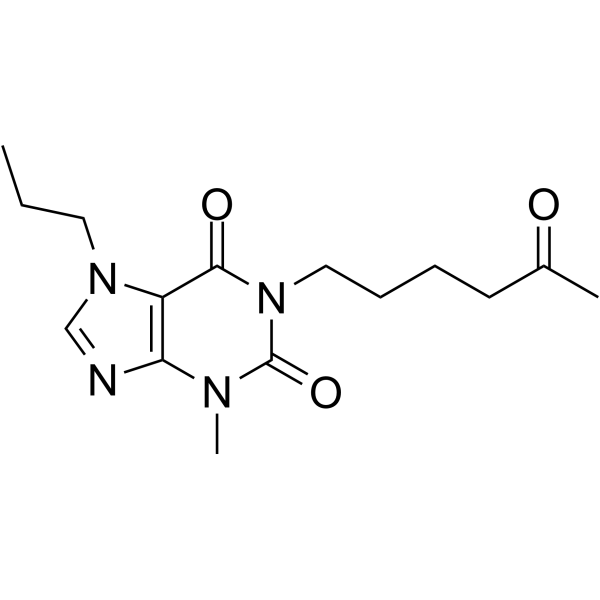Role of astrocytes and altered regulation of spinal glutamatergic neurotransmission in stress-induced visceral hyperalgesia in rats.
Sylvie Bradesi, Viktoriya Golovatscka, Helena S Ennes, James A McRoberts, Iordanes Karagiannides, Iordanes Karagiannidis, Kyriaki Bakirtzi, Charalabos Pothoulakis, Emeran A Mayer
Index: Am. J. Physiol. Gastrointest. Liver Physiol. 301(3) , G580-9, (2011)
Full Text: HTML
Abstract
Glutamate (Glu) is the primary excitatory neurotransmitter in the central nervous system and plays a critical role in the neuroplasticity of nociceptive networks. We aimed to examine the role of spinal astroglia in the modulation of glutamatergic neurotransmission in a model of chronic psychological stress-induced visceral hyperalgesia in male Wistar rats. We assessed the effect of chronic stress on different glial Glu control mechanisms in the spinal cord including N-methyl-d-aspartate receptors (NMDARs), glial Glu transporters (GLT1 and GLAST), the Glu conversion enzyme glutamine synthetase (GS), and glial fibrillary acidic protein (GFAP). We also tested the effect of pharmacological inhibition of NMDAR activation, of extracellular Glu reuptake, and of astrocyte function on visceral nociceptive response in naive and stressed rats. We observed stress-induced decreased expression of spinal GLT1, GFAP, and GS, whereas GLAST expression was upregulated. Although visceral hyperalgesia was blocked by pharmacological inhibition of spinal NMDARs, we observed no stress effects on NMDAR subunit expression or phosphorylation. The glial modulating agent propentofylline blocked stress-induced visceral hyperalgesia, and blockade of GLT1 function in control rats resulted in enhanced visceral nociceptive response. These findings provide evidence for stress-induced modulation of glia-controlled spinal Glu-ergic neurotransmission and its involvement in chronic stress-induced visceral hyperalgesia. The findings reported in this study demonstrate a unique pattern of stress-induced changes in spinal Glu signaling and metabolism associated with enhanced responses to visceral distension.
Related Compounds
| Structure | Name/CAS No. | Molecular Formula | Articles |
|---|---|---|---|
 |
Propentofylline
CAS:55242-55-2 |
C15H22N4O3 |
|
Chemical genetics reveals a complex functional ground state ...
2007-05-01 [Nat. Chem. Biol. 3(5) , 268-273, (2007)] |
|
Genetic mapping of targets mediating differential chemical p...
2009-10-01 [Nat. Chem. Biol. 5 , 765-71, (2009)] |
|
Decreased extracellular adenosine levels lead to loss of hyp...
2013-01-01 [PLoS ONE 8(2) , e57065, (2013)] |
|
Mining biologically-active molecules for inhibitors of fatty...
2009-01-01 [Bioorg. Med. Chem. Lett. 19 , 6793-6, (2009)] |
|
Propentophylline increases striatal dopamine release but dam...
2014-10-01 [Neurochem. Int. 76 , 109-13, (2014)] |